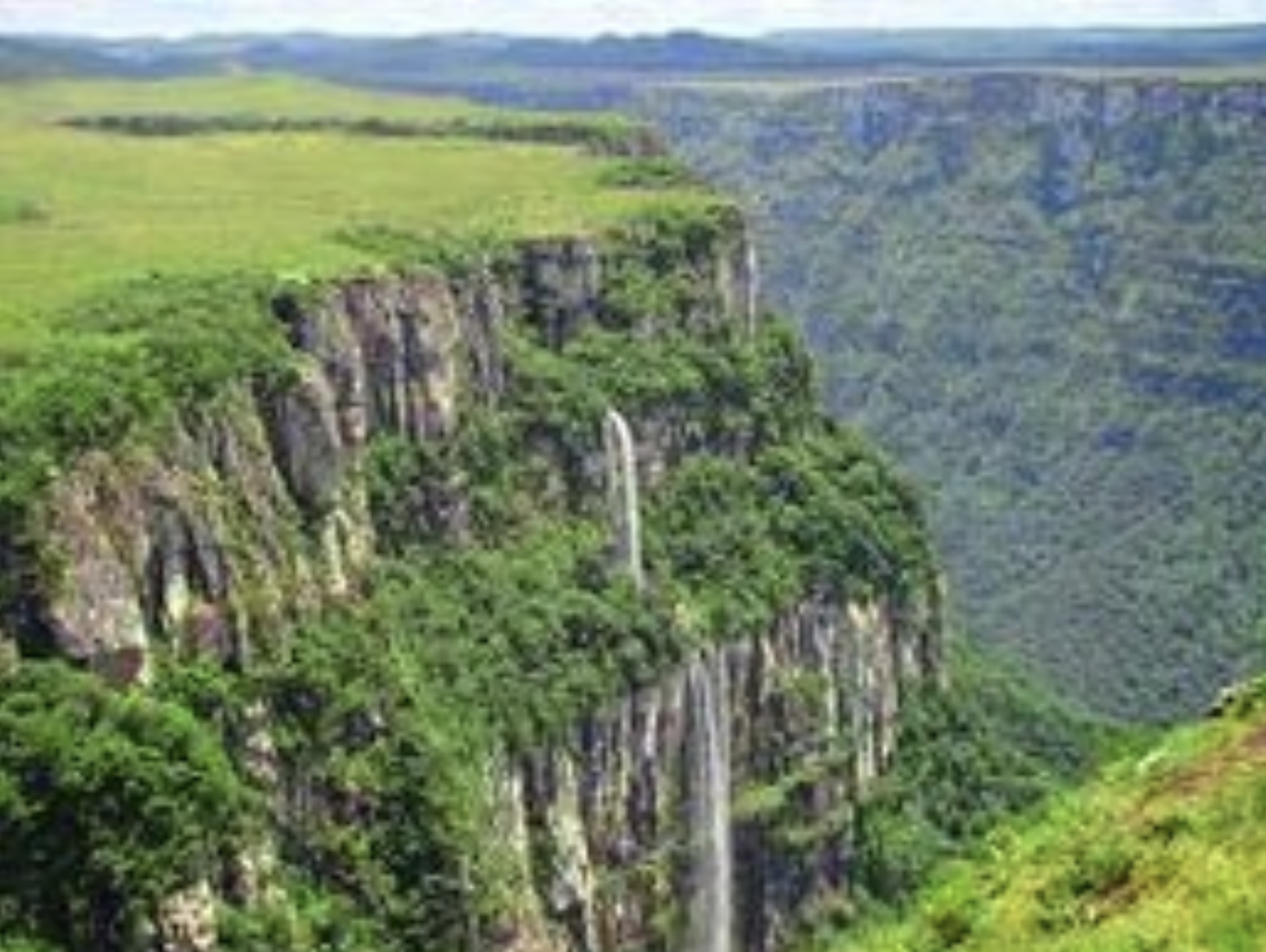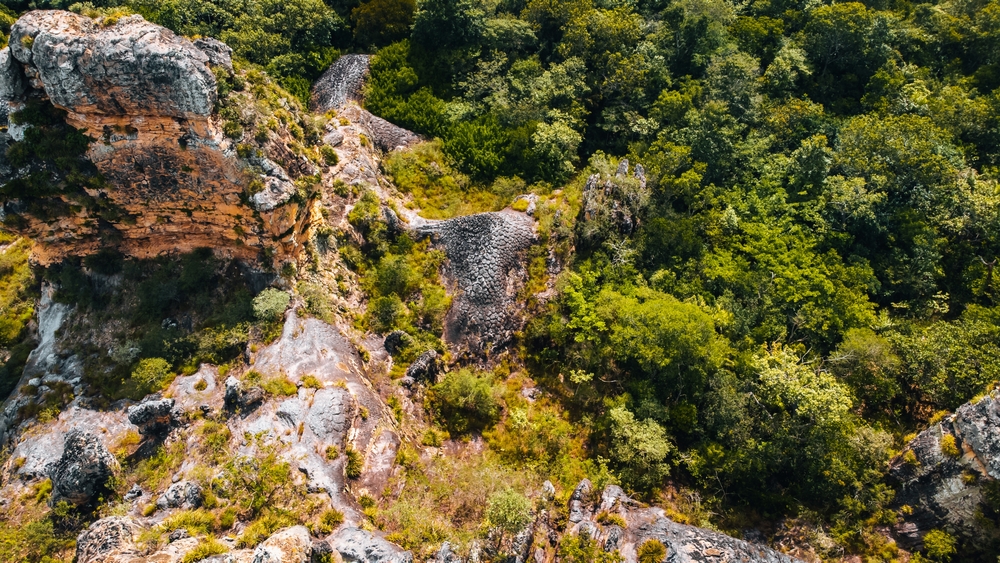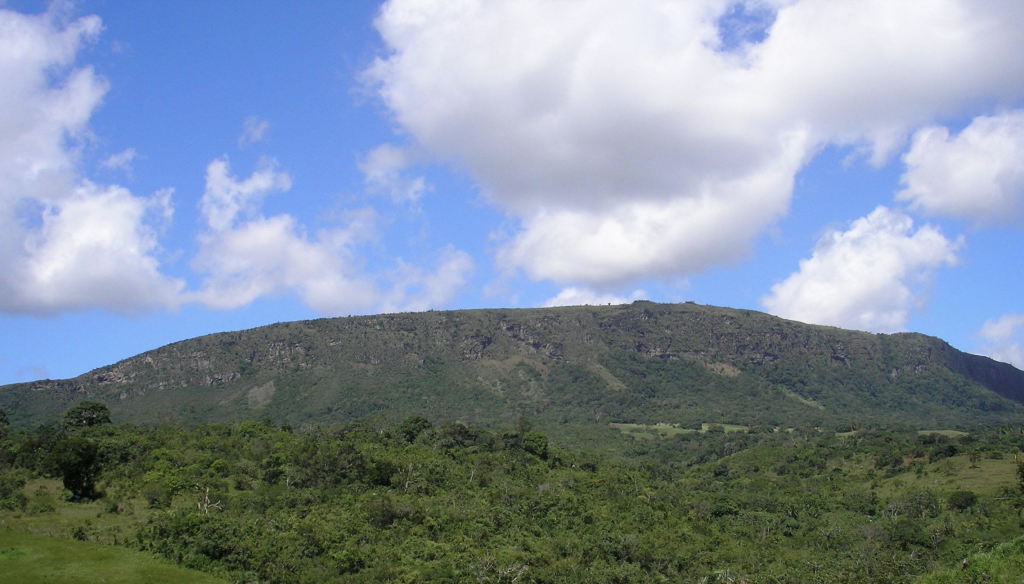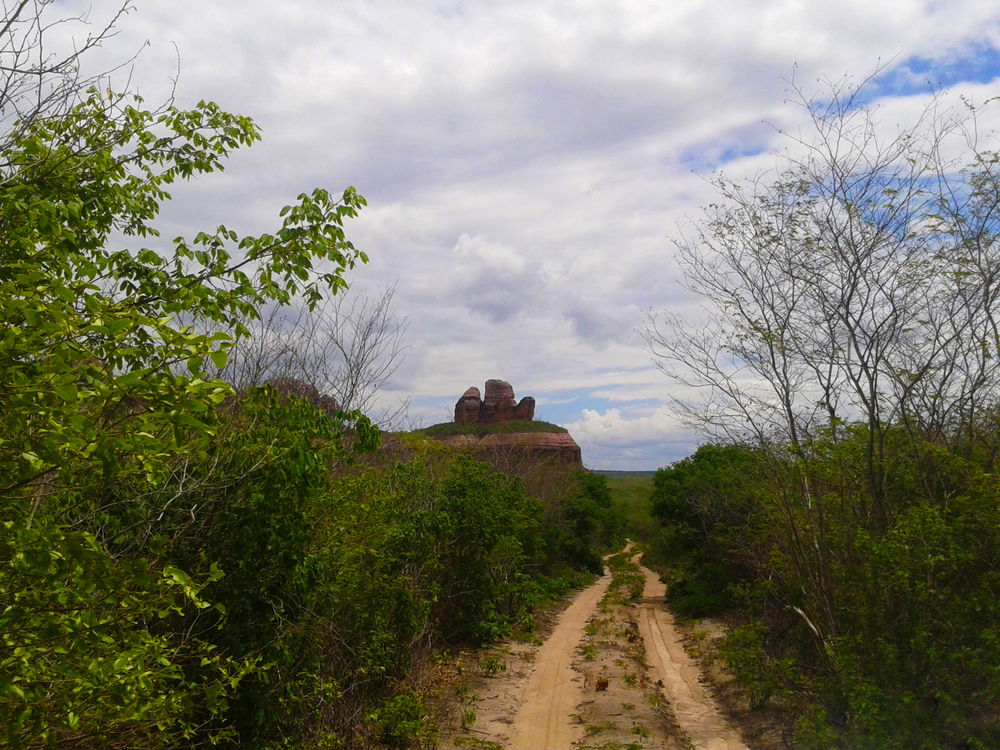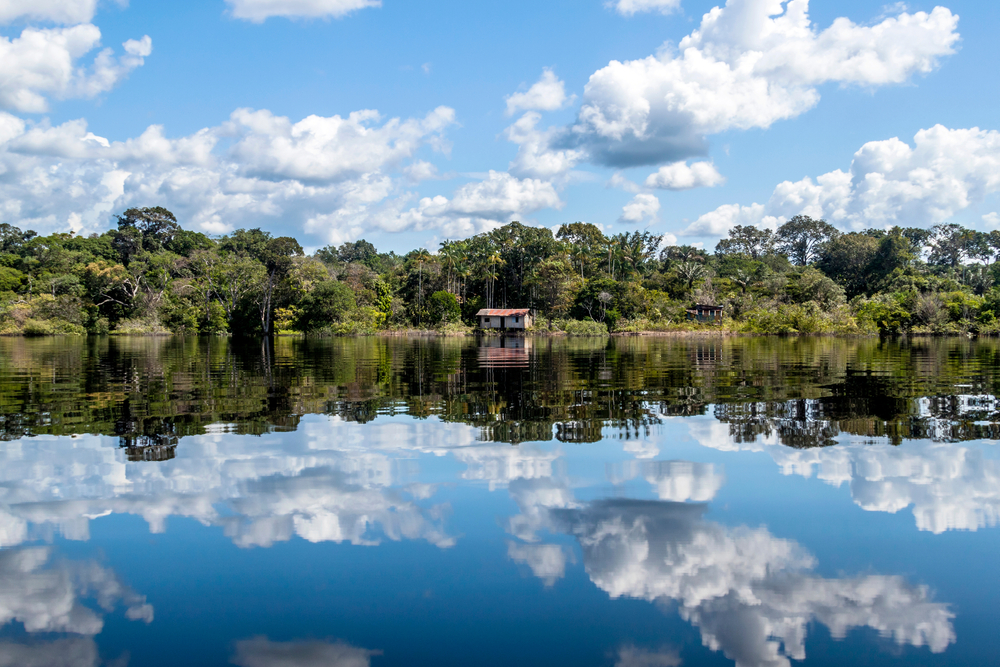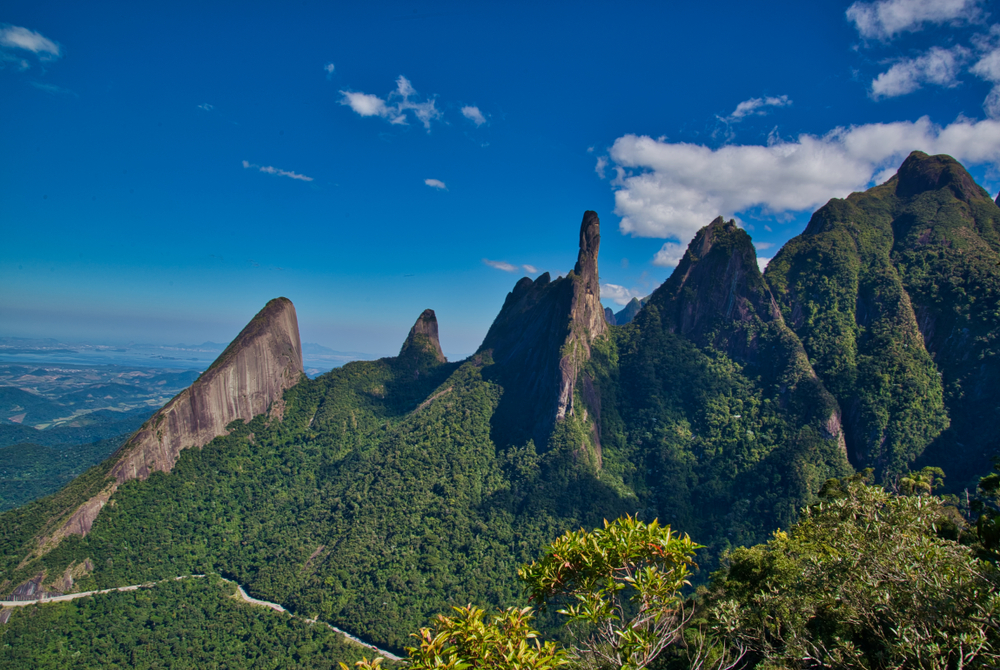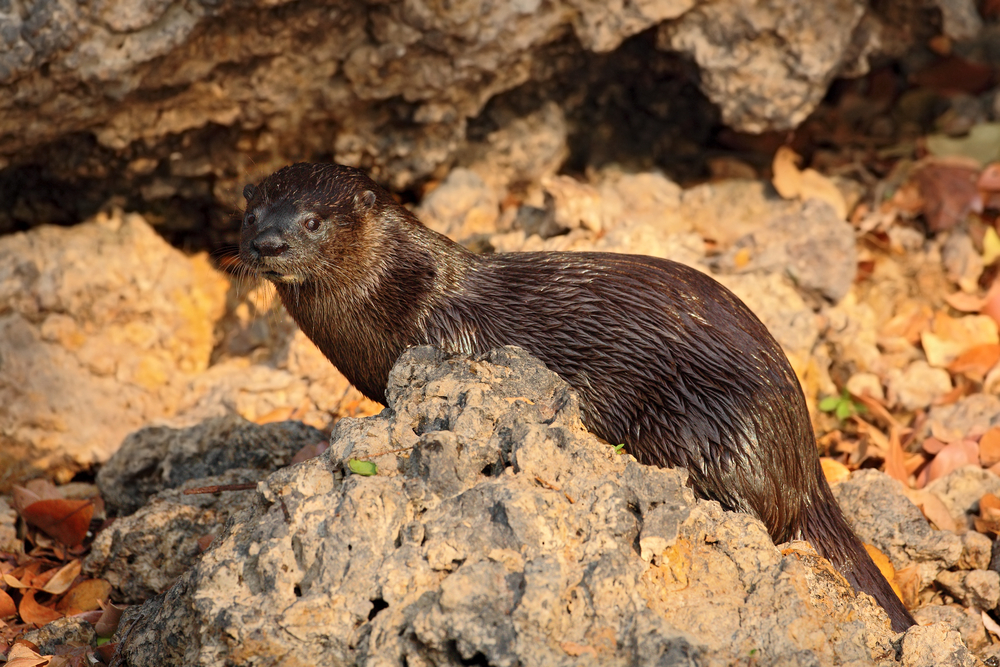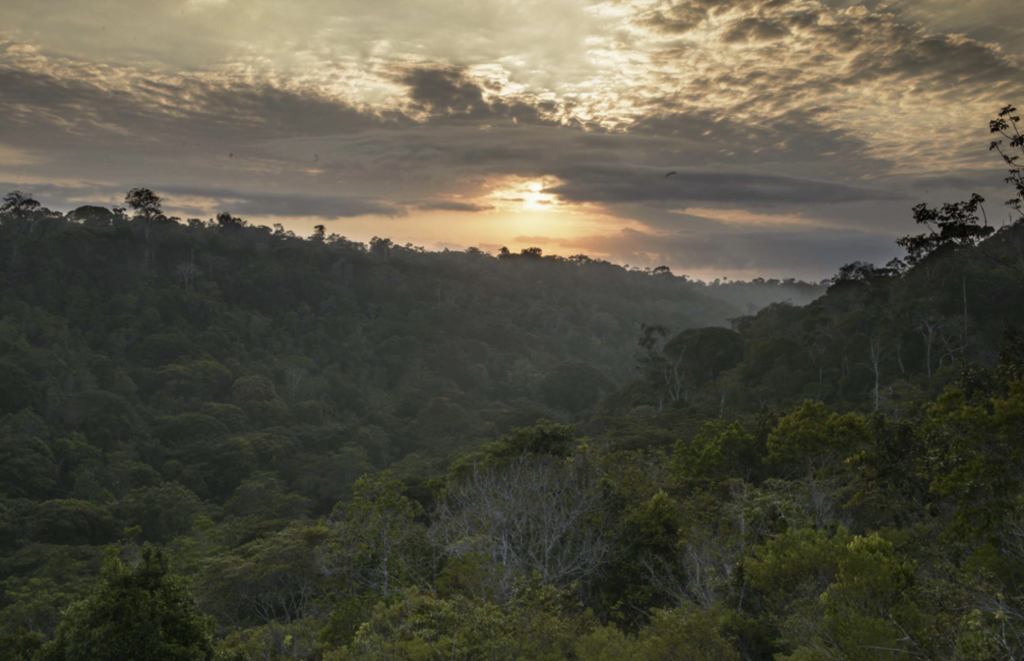Serra Geral Overview
Serra Geral National Park, or Parque Nacional de Serra Geral in Portuguese, is a striking protected area located in southern Brazil, spanning the states of Santa Catarina and Rio Grande do Sul.
This national park covers approximately 712 square kilometers, which is around 275 square miles, and is adjacent to the better-known Aparados da Serra National Park. It forms part of a vital ecological corridor along the Serra Geral mountain range. This protected area is a continuation of the highland escarpments that dramatically drop toward the Atlantic Ocean, forming steep canyons, lush forests, and windswept plateaus.
The terrain within Serra Geral National Park is defined by rugged escarpments and dramatic canyons, most notably the Fortaleza Canyon, which cuts deep into the plateau with cliffs that rise hundreds of meters above the canyon floor.
These formations are remnants of ancient volcanic activity and subsequent erosion, giving the park a unique geological character. The landscapes transition from subtropical Atlantic forest to higher elevation grasslands, dotted with araucaria trees—an iconic species native to southern Brazil.
Waterfalls cascade down the canyon walls, including the spectacular Cachoeira do Tigre Preto, which flows over multiple rock tiers and adds to the grandeur of the park’s scenery. The higher elevations are often blanketed in mist, giving the park a mysterious, otherworldly atmosphere.
Wildlife thrives in this preserved landscape, though many species remain elusive due to the terrain and vegetation. Key mammals include the puma and the maned wolf, both of which are shy and rarely seen but play vital roles in the ecosystem.
Other mammals such as armadillos and capuchin monkeys may be spotted by attentive visitors. The park is also a haven for birdlife, attracting ornithologists and birdwatchers alike. Visitors can expect to see species such as the red-spectacled amazon parrot, a vulnerable species, and the colorful toucan. Raptors, including hawks and caracaras, soar on thermals rising from the canyon walls.
Visitors are drawn to Serra Geral National Park for its dramatic landscapes and the opportunity for immersive nature experiences. Hiking is one of the most popular ways to explore the park, with trails leading to breathtaking viewpoints over the Fortaleza Canyon and along forested ridges.
Horseback riding is also available in some areas, offering a traditional way to experience the open grasslands. Photography and birdwatching are common pursuits, with the rugged backdrops and rich biodiversity providing ample inspiration. Though infrastructure is more limited than in other Brazilian parks, its relative remoteness adds to the appeal for those seeking a less crowded, more raw connection with nature.
Conservation remains a central challenge and mission of the park. Illegal hunting, encroachment from agriculture, and climate pressures have posed threats in the past. However, collaborative efforts between federal agencies and local communities have led to improved park boundaries and greater environmental awareness.
The proximity to Aparados da Serra has allowed joint management strategies that enhance the preservation of endemic species and ensure that the ecosystem remains connected and functional.
Successes include increased monitoring of vulnerable species and improved trail systems that help guide visitors while minimizing ecological impact. Continued conservation work is essential to ensure that Serra Geral’s striking canyons, rare wildlife, and rich forests endure for future generations.








































































